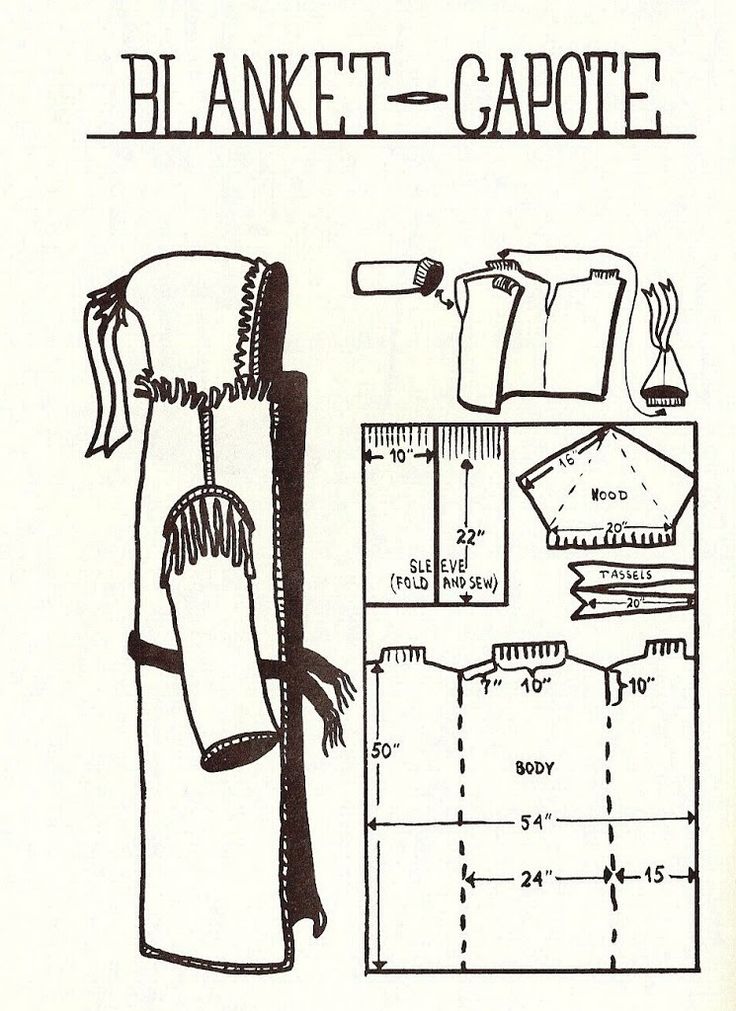Might want to try one of this type. :grin:
John Dabney Shane interview of John Hanks, area of Wheeling, Virginia about 1780.
"Silas Zane and George Green went to Detroit driving cattle and made a great amount, bring back a great pile of money with them. They went a 2nd time and my mother made some cappo-coats for them to take along and sell among the Indians, made them of blue broadcloth, with a cap or hood to draw over the head, otherwise they were like a match coat. I recollect that I sewed some on them myself."
Spence
John Dabney Shane interview of John Hanks, area of Wheeling, Virginia about 1780.
"Silas Zane and George Green went to Detroit driving cattle and made a great amount, bring back a great pile of money with them. They went a 2nd time and my mother made some cappo-coats for them to take along and sell among the Indians, made them of blue broadcloth, with a cap or hood to draw over the head, otherwise they were like a match coat. I recollect that I sewed some on them myself."
Spence






